Ah, March! The month we start to get an inkling of spring! Or for lucky gardeners – the month of green and planting!
This is the time of year we start to see more discrepancy and disparity among gardeners, because those in the lower latitudes will truly start to warm. You may even be planting by now. Those in the North, well, we’re just jealous.
No matter where you are, there are things you can be doing on your path to the new garden season. Let’s take a look at:
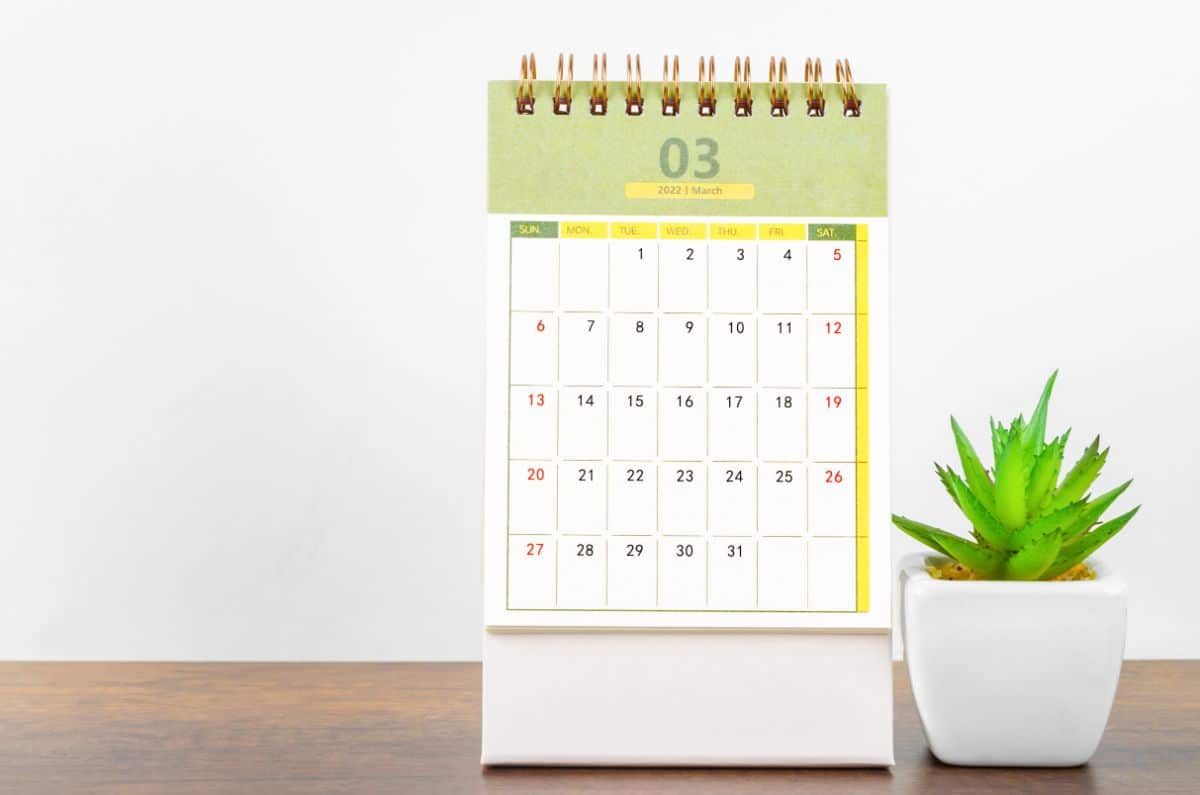
March is the reputed “In like a lion, out like a lamb,” month, so as always, you may have to take a “wait and see” approach to find out just how much Mother Nature will allow you to do.
Jump to:
- 1. Start those seeds!
- 2. Take a test. (A soil test, that is.)
- 3. Spread garden amendments.
- 4. Prune dormant trees and bushes.
- 5. Take cuttings of favorite woody plants and shrubs.
- 6. Start cold-hardy greens in a cold frame.
- 7. Mulch new garden beds and large perennials.
- 8. Clean up vegetable beds.
- 9. Rake flower beds.
- 10. Check fall-planted garlic and bulbs.
1. Start those seeds!
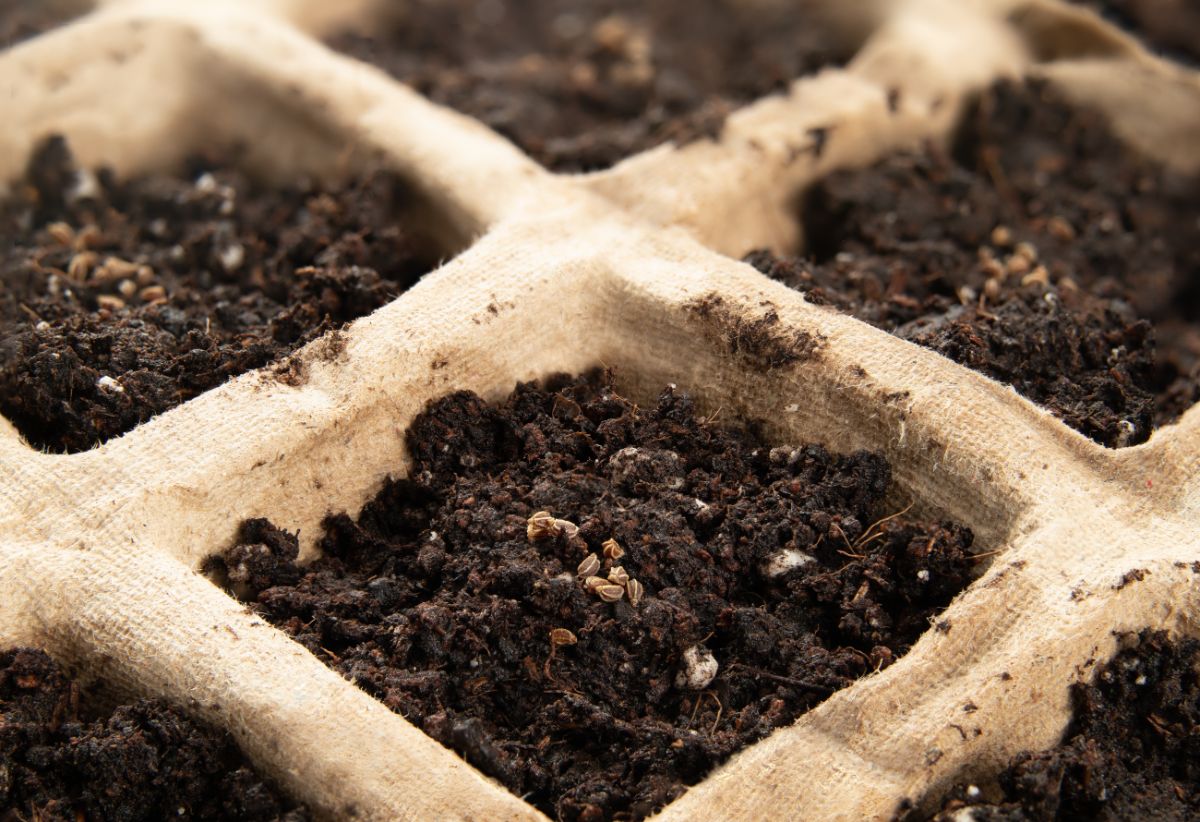
As always, the right time for you to be starting your seeds depends on where you live and when your last frost date is. Generally, however, March is prime-time for seed starting.
The majority of garden flowers and vegetables should be started between 6 and 12 weeks before your last frost date (i.e., the date you plan to transplant your seedlings outside). For most gardeners, that time starts now.
Seeds that have a long germination period or that grow slowly should be started first (onions, alliums, celery, and others). Moderately-slow germinators and growers will come next (hot peppers, flowers, herbs...) along with cole crops that will be planted earlier (broccoli, cauliflower, lettuce, etc.). By six to eight weeks before last frost you should have most of your seeds started, including sweet peppers and tomatoes.
Hold out to plant larger seeds of vegetables that don’t like to have their roots disturbed. This would include cucumbers, melons, pumpkins, and squash. (Note that these vegetables also do well when direct-sown in the ground).
2. Take a test. (A soil test, that is.)
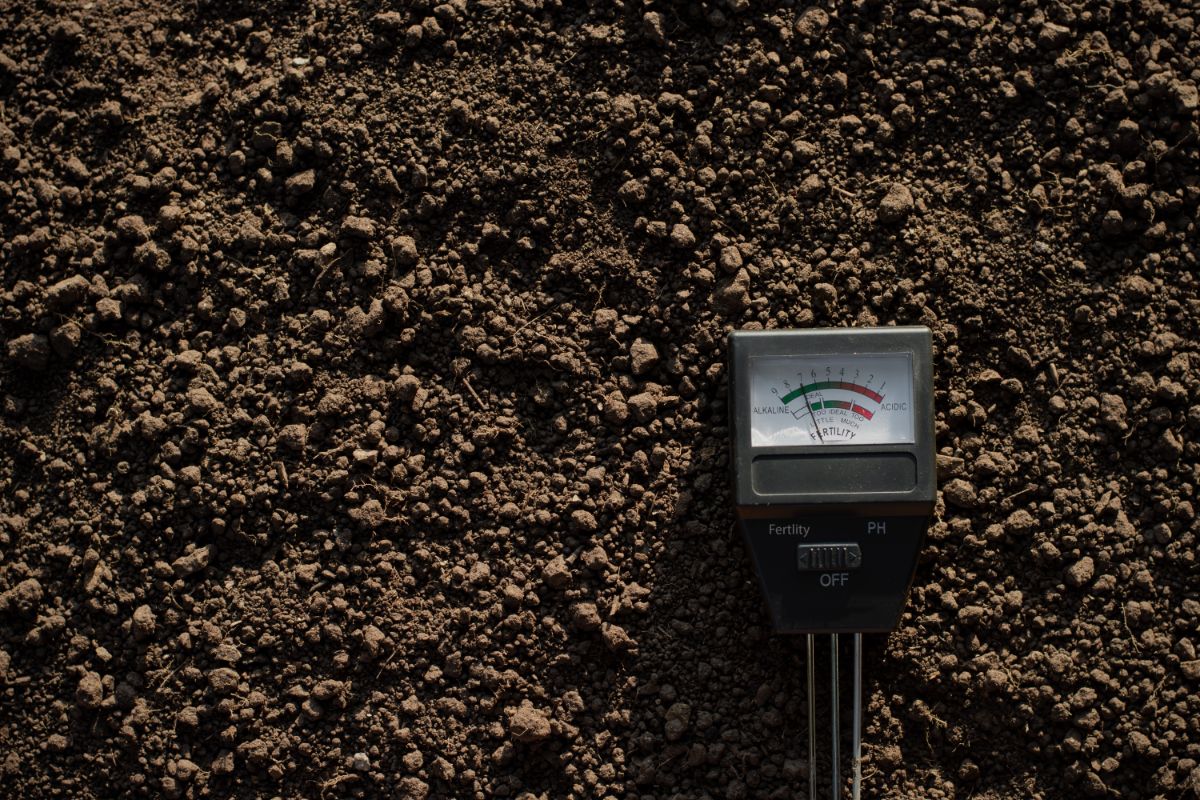
After spring thaw, once you can get to your bare ground, consider taking a soil sample. Then, put it to the test—the soil test.
Your ground doesn’t need to be workable for gardening in order to test the soil. If you can dig it, you can test it.
A soil test can tell you the pH level of your soil and can also give you insight into the mineral and nutrient content in your soil. This is information worth having because then you can compare that to the general needs of the plants you plan to grow and see what the soil might be lacking.
By taking a soil test now, you give yourself time to do something about it if the pH is too high or too low, or if the soil is lacking in minerals and nutrients.
Testing your garden soil does not have to be costly, either (though certainly there are labs and universities you can send your soil samples to for testing for a fee). You can buy an inexpensive home soil test kit online or at your local home and garden store.
If you only need a general idea of pH, you can also perform an at-home test with baking soda and vinegar.
3. Spread garden amendments.
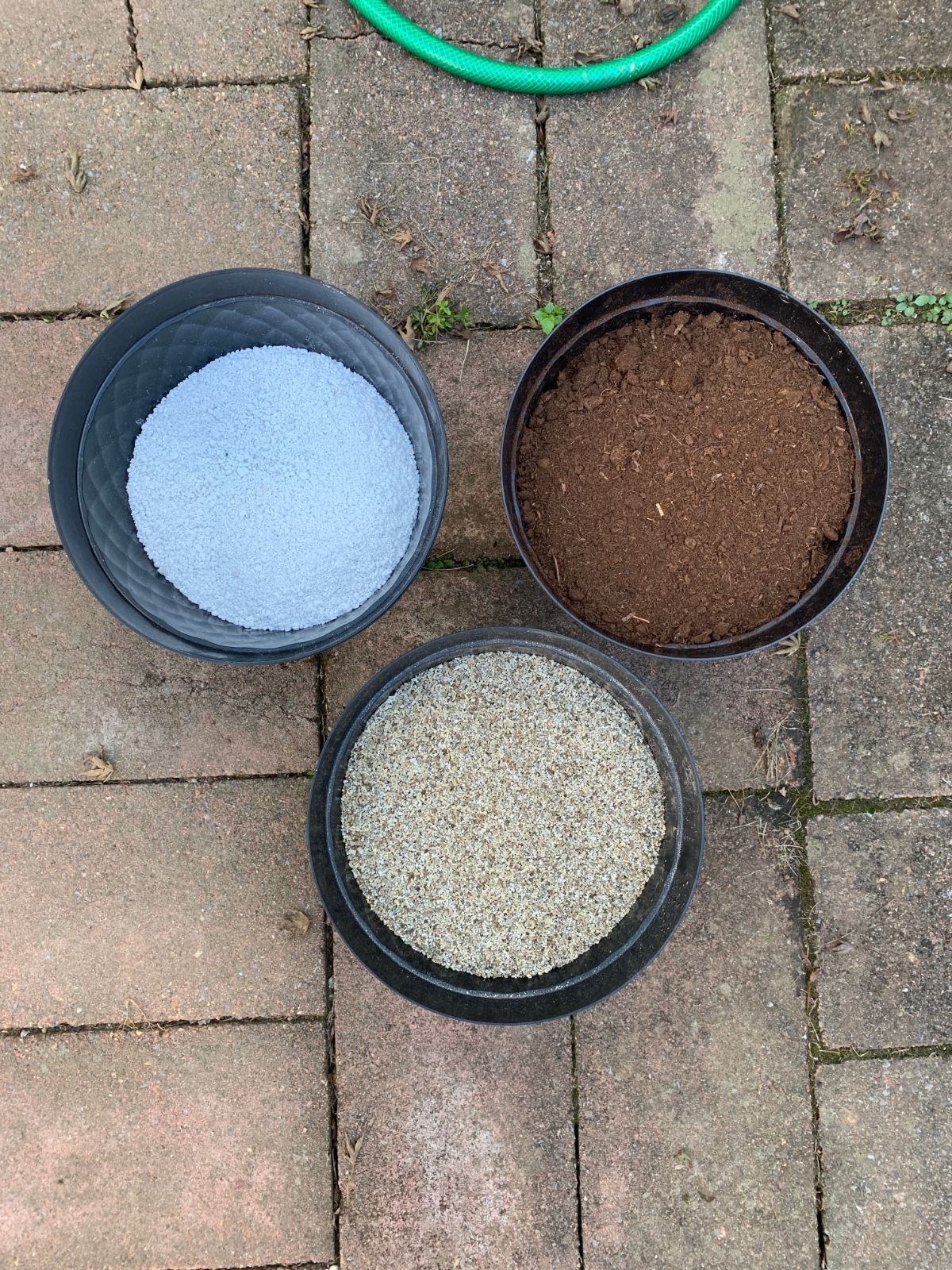
You can start spreading your garden amendments in March, too. If you do test your soil, it is best to wait until you have the results of that test, so you know what you need to add to your soil and whether or not you need to increase or decrease your soil pH.
Spreading garden amendments like compost, ash, and sawdust in March is a good idea because the nutrients can start working their way into the soil. Then they will be there when you start to plant in a month or two. Since March is a slower gardening month, you can take advantage of this downtime to get ahead before things get too busy.
March may be too late to spread some amendments, like lime. There will not be enough time for the lime to work and have the effect on pH that you need. Wood ash, however, works much more quickly than lime. It takes only about 30 days for the benefits of ash to take effect, so if you spread ash in March there is plenty of time for it to work in before you start planting.
4. Prune dormant trees and bushes.
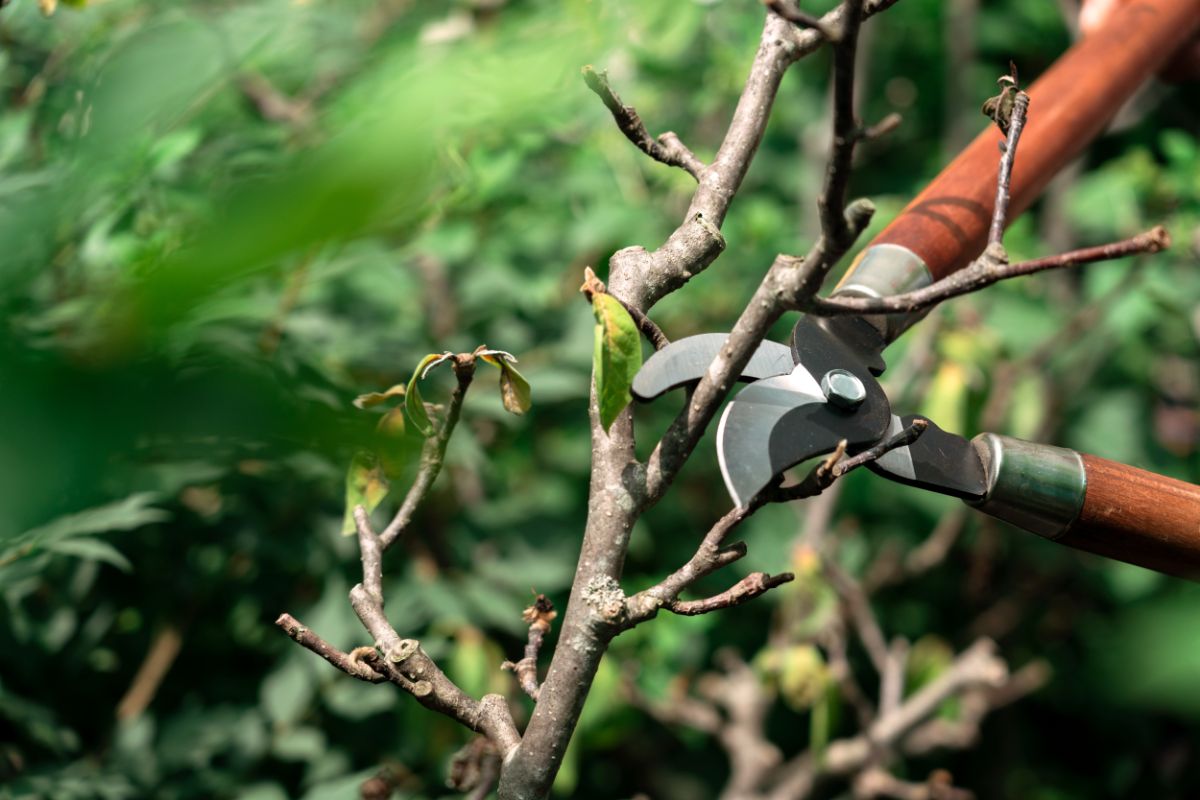
Woody trees, fruit trees, and berry bushes should be pruned early in the spring while they are still dormant and before they reach bud break. March is the ideal time to do this in most areas—leaf buds are not yet breaking out and there is less garden work to do, so there is more time for pruning.
It’s also easy to push pruning off for too long; before you know it you’ve missed the window for pruning your trees while they are still dormant. Make a point to prune your trees and plants if they should be pruned—the health of your trees and bushes, and their harvest yields, will make it worth the effort.
5. Take cuttings of favorite woody plants and shrubs.
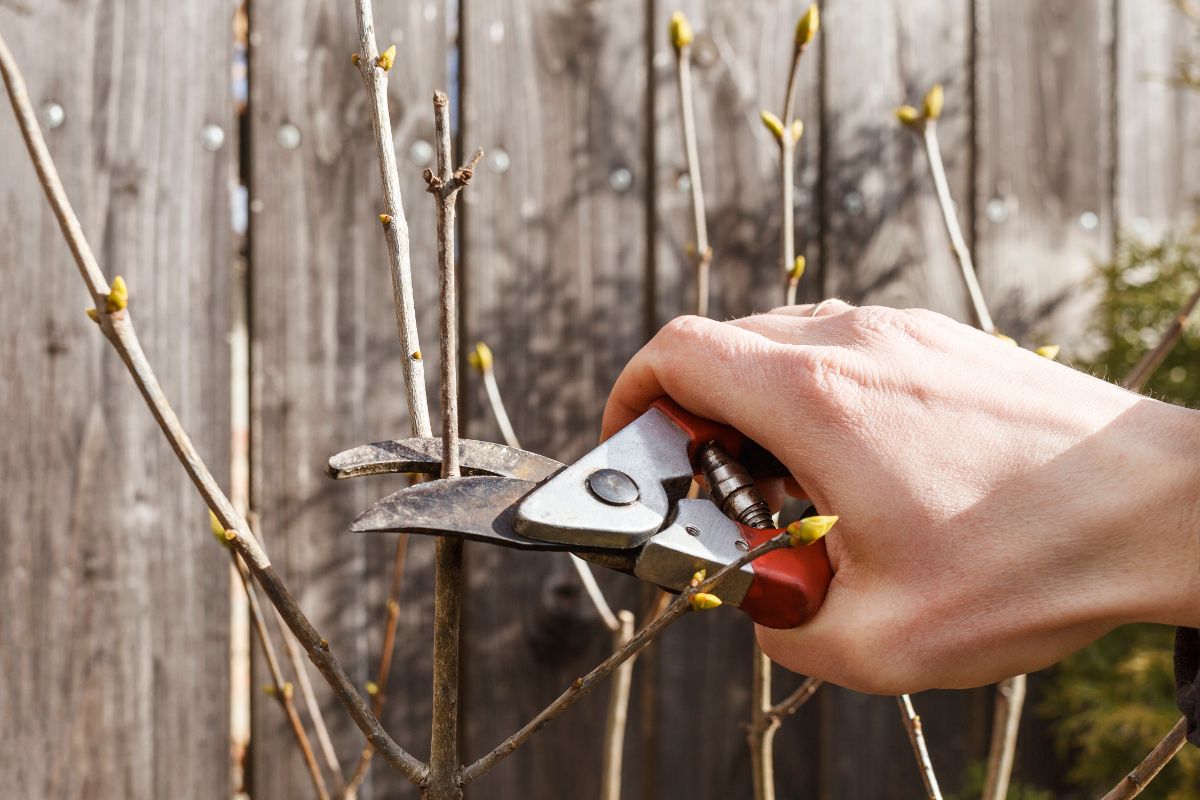
One of the other reasons that pruning woody plants, shrubs, and berry bushes in March is a good idea is that for many plants, those prunings can be cut down into cuttings that can be rooted or grafted. This in turn lets you expand your plantings without spending money on new plants.
Plants like elderberry and many other berries and woody shrubs root very easily from cuttings with two or more sets of leaf nodes. The method detailed here works for elderberry with great success and will work for many other types of cuttings, too:
Even if you are not pruning the whole plant or shrub if you want more of your favorite plants take some dormant cuttings now. Dip the bottom leaf node set in rooting hormone and push it into a pot of soil (usually a four-inch pot is a good general size for rooting). You’ll be amazed how quickly and easily many bushes and shrubs will root. By the fall (and possibly earlier) your rooted cuttings will be ready for planting.
6. Start cold-hardy greens in a cold frame.

A cold frame is a very useful season extender. The glass-topped structure works like a sort of mini greenhouse.
Cold frames have several good gardening uses. For one, they are an ideal place to move your transplants to when they start to get large and are difficult to keep indoors. This is usually done towards the end of their indoor run, a few weeks before the plants are ready to be transplanted into the garden.
Cold frames are good for those in-between phases when the plants still need some nighttime protection but are starting to outgrow their manageability inside.
Cold frames can also be used to grow early and late greens like cutting lettuces and spinach. Even hardier root crops like carrots and radishes can be grown in a cold frame. If your body is craving fresh vegetables, a cold frame is a good way to grow some of the smaller, faster-growing plant greens for an early harvest.
The beginning of March may still be seeing temperatures that are too cold for growing even in a cold frame (this of course depends on where you live). Moderate nighttime frost and low temperatures can be controlled in a cold frame by adding additional layers of hay, straw, or insulation over the top of the frame at sunset. You can also use a layer of compost or “hot” manure below the soil in a cold frame to generate heat from the bottom up (though technically some might consider this a “hot bed” instead of a cold frame).
Cold frames can be built inexpensively using recycled wood and old windows. If you do not have these materials available to you, or carpentry skills are not your forte, you can also build a quite good and very well-insulating cold frame using simple straw bales. (The bales can be used later in the garden, so there is zero waste). You will, however, need a clear glass or plexiglass top.
7. Mulch new garden beds and large perennials.
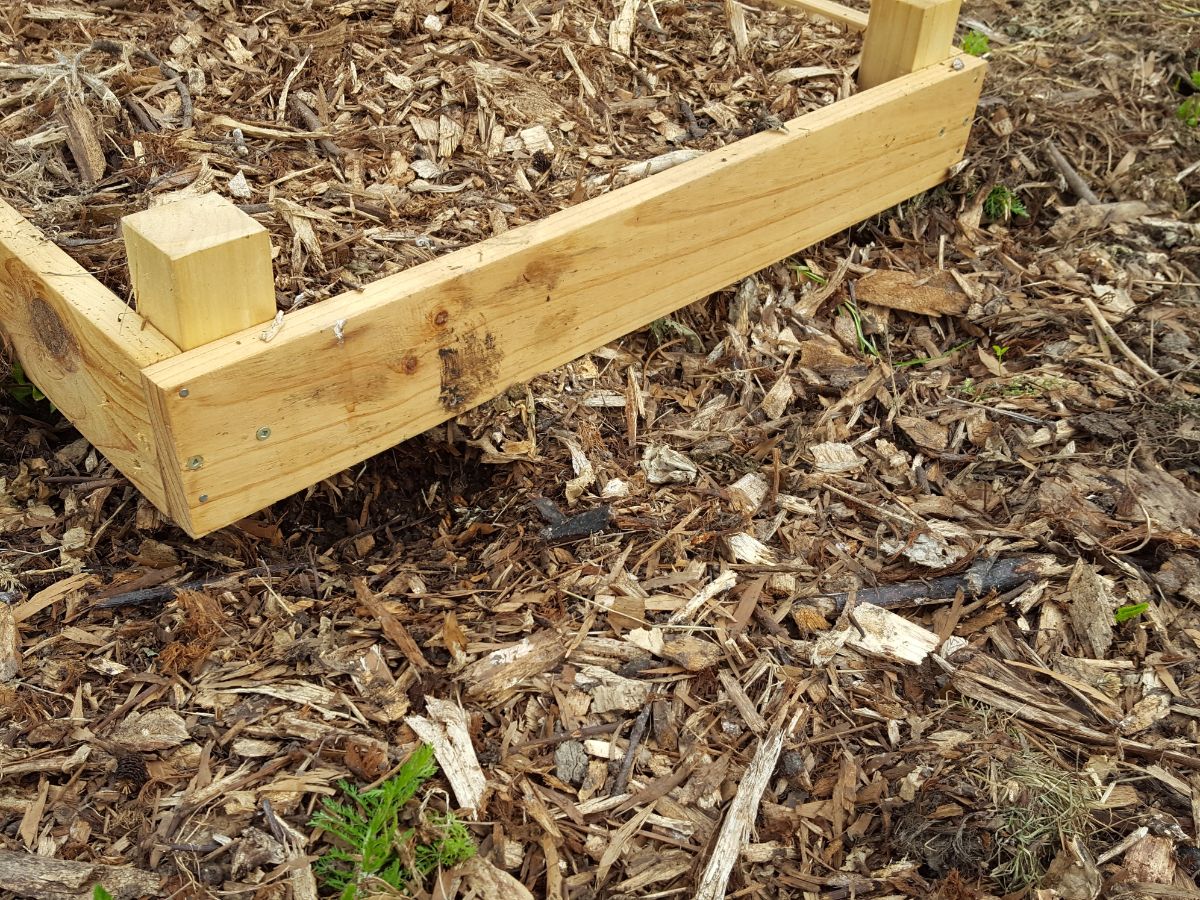
Mulching in March gets you ahead of the busier times of the gardening season and sets the stage to prevent weed problems before they even start. You may have to push this off until later in the month if you still have snow on the ground, but it’s something to put on the list.
Some garden beds may be difficult to mulch in March because if they are established perennial beds, you may need to wait and see where plants are coming up. You don’t want to suppress the plants themselves. But if you know the layout and location of your plantings, or the plants are large bushes or perennials with stems still standing, you can go ahead and mulch now.
If you are looking to establish a new plot or bed, you can mulch it now before grasses, seeds, and weeds wake up. This will give you a no-till garden or landscape bed that is ready to go in a month or two when you want to put plants in the ground.
To make a no-till garden bed, lay down a layer of weed barrier or a heavy degradable material like cardboard, then cover it with a thick layer of mulch. Straw, leaves, sawdust, or wood chips are all good options.
8. Clean up vegetable beds.
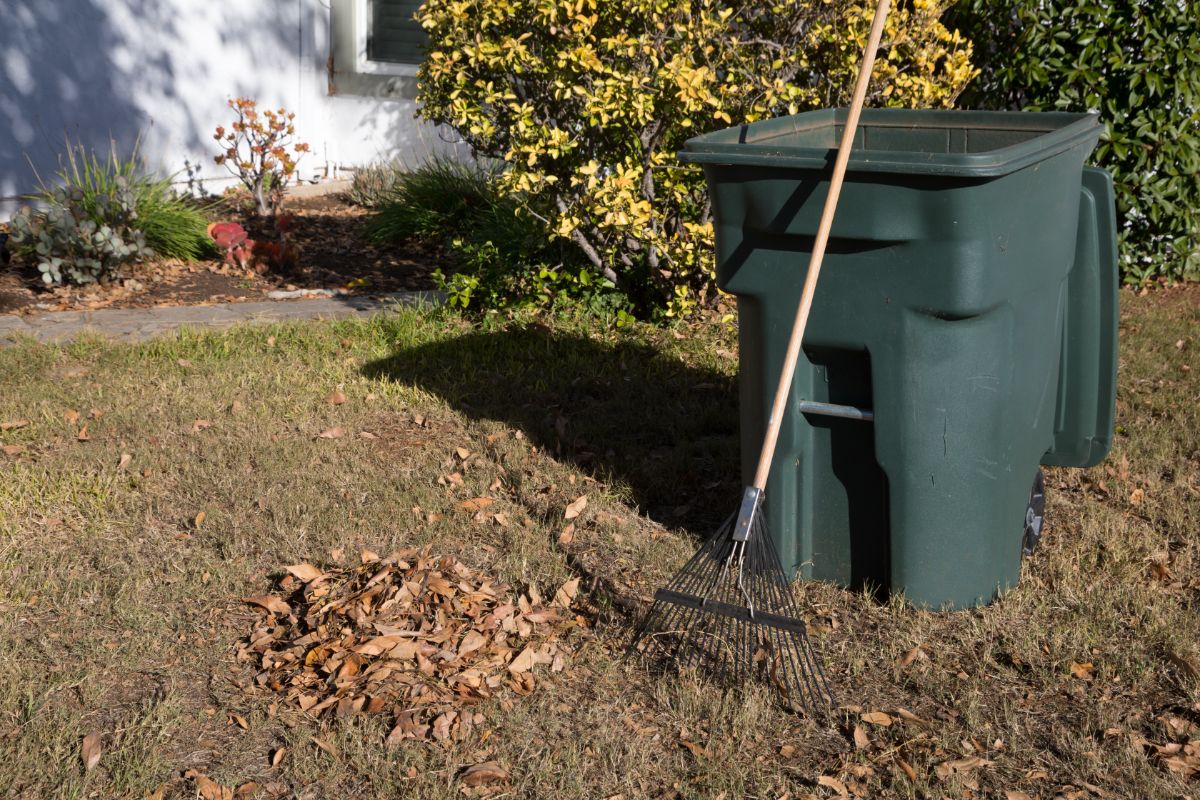
Soil is not considered “workable” until it is drained enough of winter melt and runoff to not be saturated by water. In a lot of locations, March is too early for planting. But just because it’s too soon to plants seeds and plants in the ground doesn’t mean it’s too soon to start cleaning and prepping your garden beds—as long as you don’t mind getting your feet a little muddy.
So pull on your boots, get some fresh air, and start cleaning up the remainders of last year’s vegetable garden. Pull up old stalks and plants. Cut off old stalks and stems and rake up old detritus from perennial vegetable beds (like strawberries, rhubarb and asparagus). Set the stage for new growth to grow unimpeded by the old. This also helps destroy over-wintering pests and disease spores.
Pile up the refuse and, if safe to do so, burn it. Heat and fire will kill pest larva and disease spores. You can burn the pile in place in the garden and then spread the ash around (after it’s cool!). Ash is an excellent, nutrient-rich amendment for the garden.
9. Rake flower beds.
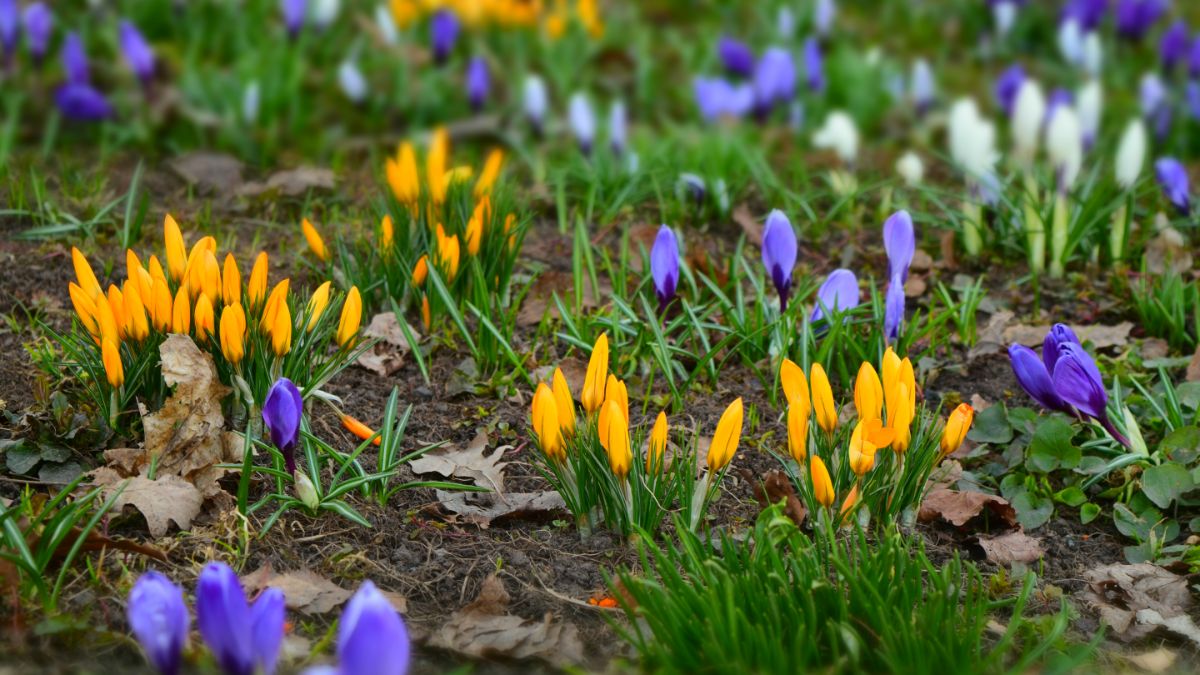
Once the ground has firmed up a bit, it’s time to start raking flower beds and perennials beds. Again, March is a great time to get this task taken care of, while the pressure of planting and weeding is still off.
When it comes to raking flower beds and perennial patches, sooner is better. That way, you won’t damage the shoots and tender leaves of waking plants and bulbs, and you’ll get the job done before that new growth jumps up too high. Raking while plants are still dormant is much easier than raking around tall growth.
Cut and clip away old stalks while you are there. Trim and prune if it is needed.
10. Check fall-planted garlic and bulbs.

It is nothing short of amazing how early hardy bulbs like garlic and early spring flowers can awaken. It is not uncommon to see the green shoots of these bulbs poking through in March.
Mid- to late March (earlier in warmer zones) you will likely see new green shoots starting. Sometimes the mulch that we protect them with in the winter can keep the ground beneath colder than surrounding ground if the sun cannot shine through to warm it. So, in March you should periodically check on these bulbs.
Once your garlic and hardy bulbs seem to be awakening, pull the mulch back to let the sun through to warm the ground. When the new shoots are well established, you can push the mulch back around the shoots so that it continues to suppress weeds and helps the soil retain moisture. Learn more about growing garlic in our complete guide to growing garlic.
March can be a quite enjoyable month for gardeners. The demands are fewer, but you begin to have some tasks of interest. The sun is warmer and you, like your plants, start waking from your winter hibernation. Seed starting can begin in earnest and that new life is inspiring.
Get inspired and get ready for the new season of growth and production that lies ahead!

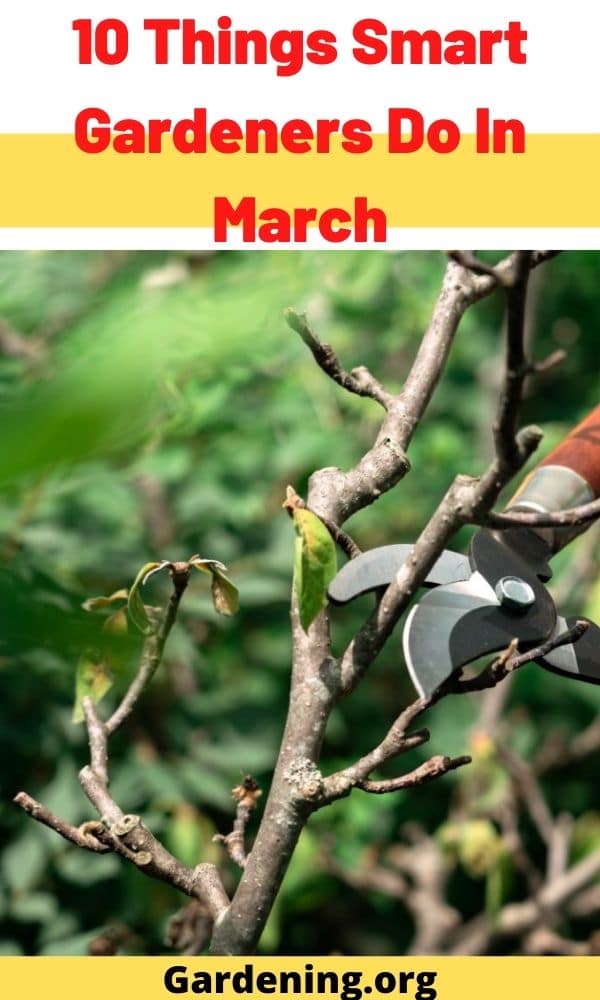
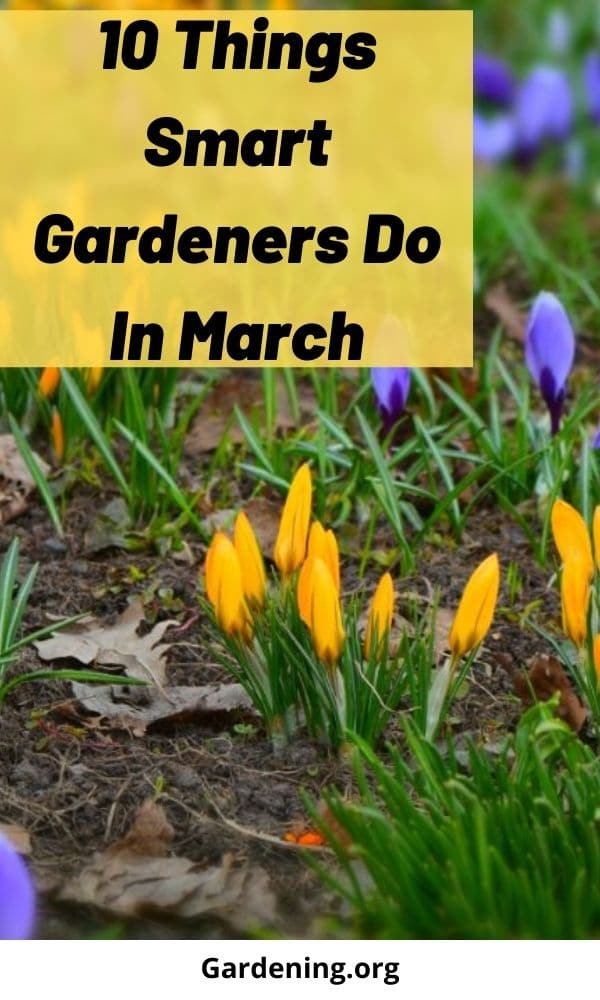
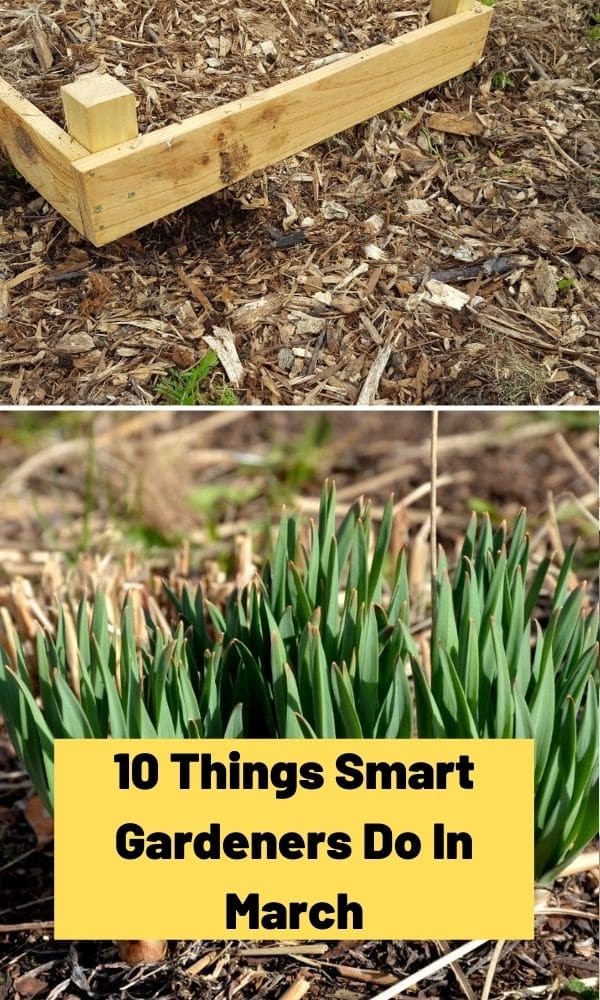
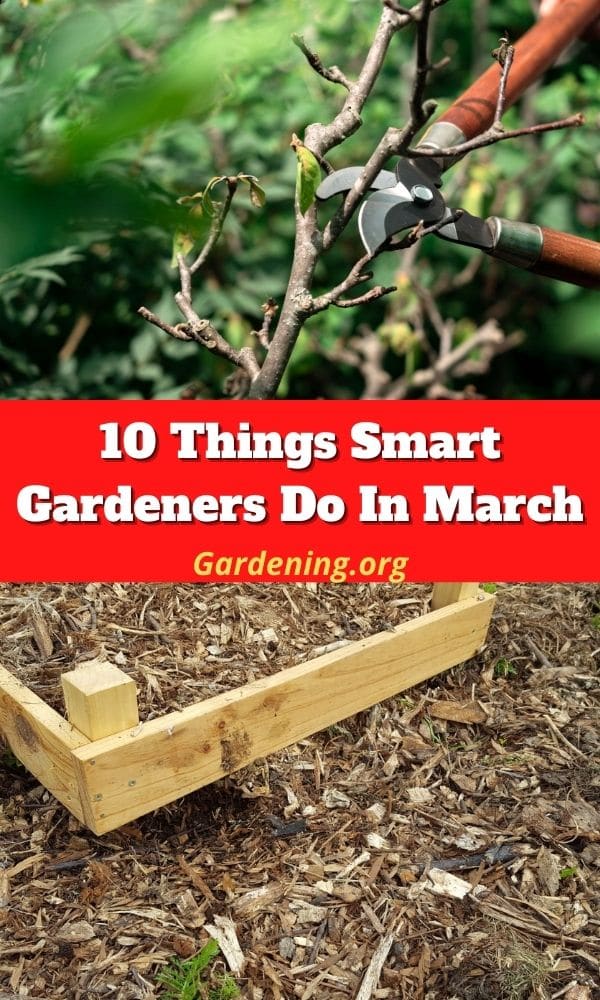
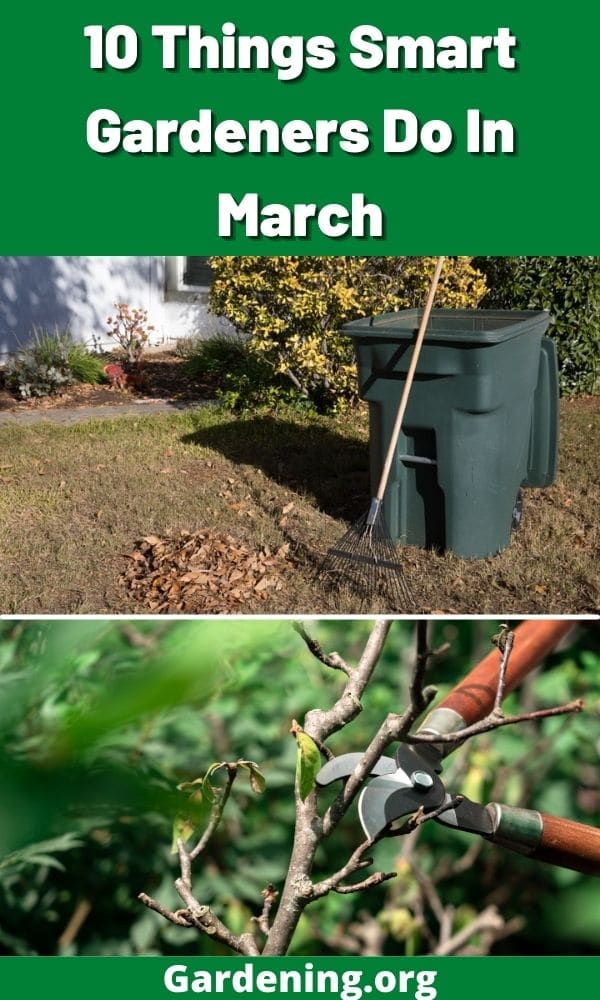
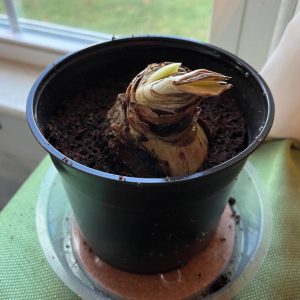



Leave a Reply